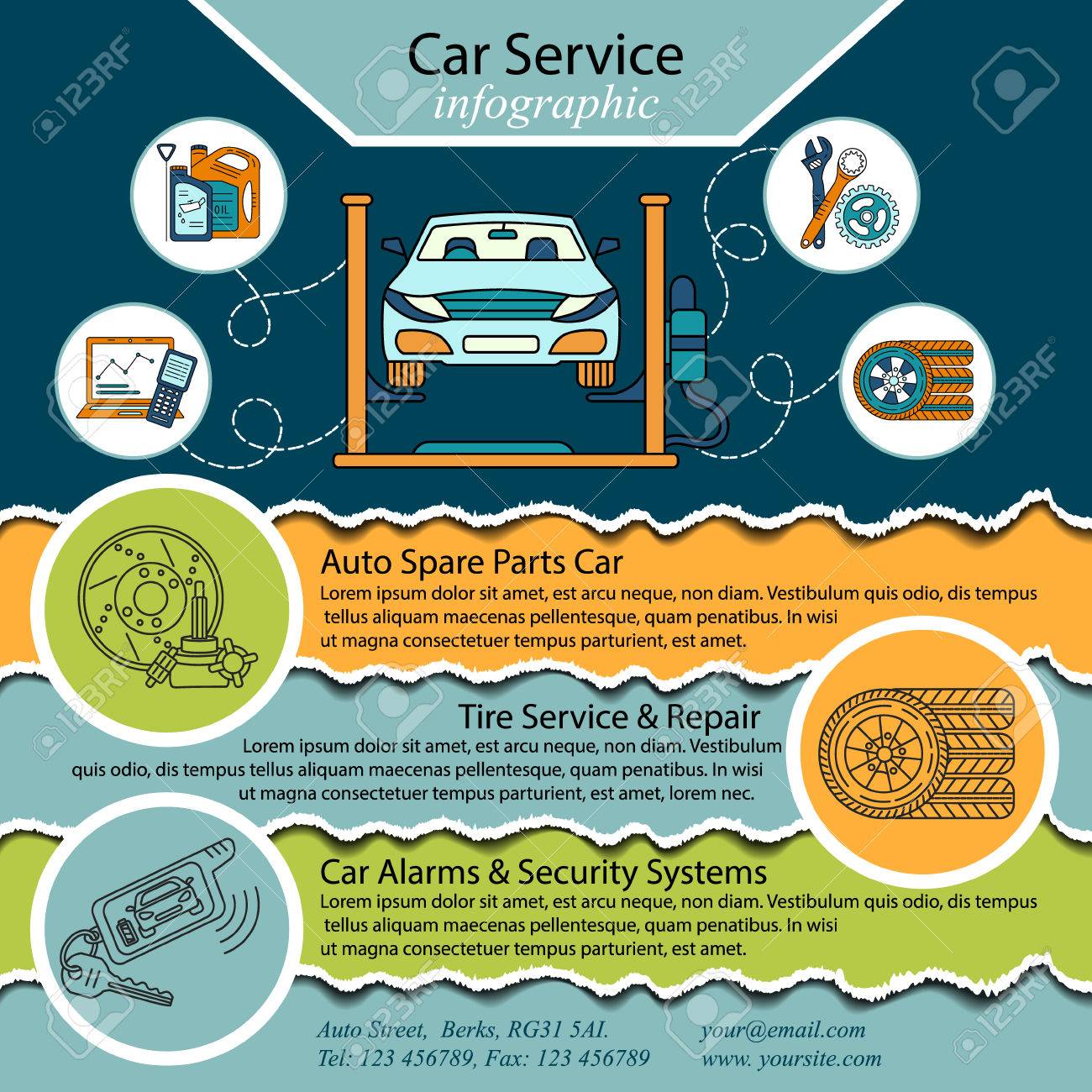Examining Your Vehicle'S Warning Indicators: What They Actually Communicate
Examining Your Vehicle'S Warning Indicators: What They Actually Communicate
Blog Article
detailing for cars near me By-Boye Torres
When you're behind the wheel, those beautiful caution lights on your control panel can be a little bit puzzling. Do you know what they're trying to inform you about your automobile's wellness? Understanding the relevance of these lights is crucial for your security and the longevity of your automobile. So, the following time among those lights pops up, would not you intend to decode its message precisely and take the needed actions to address it?
Common Caution Lighting and Interpretations
Identify common warning lights in your automobile and recognize their significances to ensure secure driving.
One of the most regular caution lights consist of the check engine light, which signals concerns with the engine or exhausts system. If this light begins, it's critical to have your vehicle checked immediately.
The oil stress advising light suggests reduced oil stress, requiring immediate attention to stop engine damage.
A blinking battery light might suggest a damaged charging system, possibly leaving you stranded otherwise addressed.
The tire pressure tracking system (TPMS) light informs you to low tire pressure, influencing car security and fuel performance. Overlooking this can bring about hazardous driving conditions.
The abdominal light suggests a trouble with the anti-lock braking system, endangering your ability to quit swiftly in emergencies.
Finally, the coolant temperature level warning light warns of engine getting too hot, which can result in extreme damages if not settled swiftly.
Understanding these typical caution lights will certainly help you address problems promptly and preserve safe driving conditions.
Importance of Prompt Focus
Comprehending the usual warning lights in your vehicle is only the first step; the importance of promptly resolving these cautions can't be stressed enough to guarantee your safety when traveling.
When a caution light illuminates on your control panel, it's your car's method of connecting a prospective concern that requires attention. Ignoring these cautions can cause a lot more severe troubles down the road, endangering your security and potentially costing you extra out of commission.
Motivate focus to advising lights can stop breakdowns and crashes. As an example, a blinking check engine light could indicate a misfire that, if left neglected, might trigger damages to the catalytic converter. Addressing this promptly can save you from a pricey repair service.
Likewise, a brake system cautioning light might indicate low brake liquid or worn brake pads, crucial elements for your safety and security when driving.
Do It Yourself Troubleshooting Tips
If you discover a caution light on your dashboard, there are a couple of do it yourself troubleshooting pointers you can attempt before looking for professional aid.
The primary step is to consult your automobile's guidebook to recognize what the details caution light suggests. Occasionally the issue can be as straightforward as a loosened gas cap causing the check engine light. Tightening the gas cap might settle the issue.
One more usual concern is a low battery, which can cause numerous cautioning lights. Inspecting the battery connections for deterioration and guaranteeing they're safe and secure may repair the issue.
If a caution light continues, you can attempt resetting it by detaching the automobile's battery for a couple of minutes and afterwards reconnecting it. In addition, examining your vehicle's fluid levels, such as oil, coolant, and brake fluid, can assist troubleshoot advising lights related to these systems.
https://remapecumotor95173.blogitright.com/31320631/are-you-interested-in-discovering-exceptional-car-repair-shops-in-your-area
In conclusion, recognizing your auto's warning lights is crucial for maintaining your vehicle running smoothly and safely. By promptly dealing with these informs and understanding what they indicate, you can avoid costly repair services and prospective failures.
Remember to consult your car's guidebook for particular details on each cautioning light and do something about it as necessary to make certain a trouble-free driving experience.
Keep educated, remain risk-free when driving!
